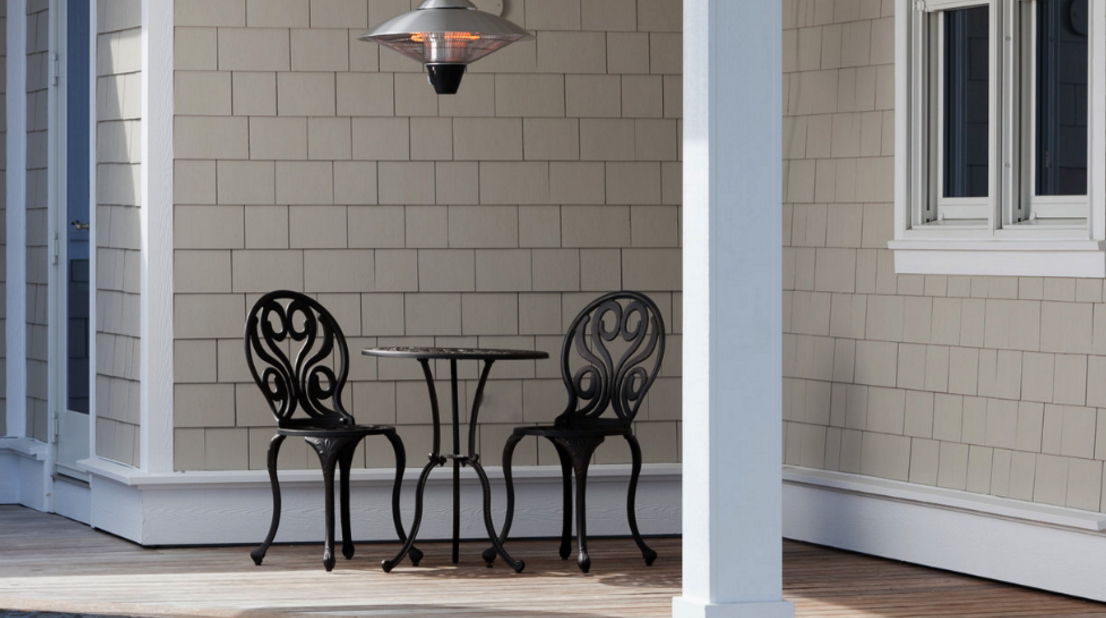Have a big lawn space or perhaps a small patio area just enough for an outdoor dining table? There's nothing like having a gorgeous home with unusable, unsightly outdoor spaces. And no, not all patios are made the same. We're here to rescue you. Here are ten tips to make sure your landscaping is beautiful (and functional)!
1. Creating Spaces
Try to think of your backyard as an extension of your home, divided up into separate “rooms” or spaces. This allows you to assign individual functions to each section, break up the monotony of an open space, and create interesting variation from space to space. This can be done with the use of retaining walls, flower beds, hedges, or small fences.
2. Linking Spaces
Once your backyard is divided up, it’s important to create flow between the spaces, just as you would inside your house. You can use concrete pavers or natural stone for your walkways to achieve this. How spaces are linked will also be determined by their function. Outdoor cooking and eating areas, for example, should be easily accessible to one and other.
3. Focal Points
Focal points are a means of drawing the eye towards areas of your garden that you’d like to emphasize. One or two focal points such as large, ornate trees, fire pits or fireplaces, or water features are ideal. With these points in place, the rest of the design will form organically around them.
4. Find Balance
Too much of anything is a bad thing. Balance your textures, colors, and shapes with their opposites. This will also bring attention to points you’d like emphasized by contrast. Even if your form theme uses straight and angular lines, some curves are necessary to soften this. Balance your colors so that there is some variety rather than just one monotonous shade lest it become overbearing, and use differing textures to create visual interest.
5. Movement
To ensure your backyard is not just a pretty picture, use movement to create visual interest and draw the eye to key areas. Movement can be injected into a static outdoor space in the form of a flowing water feature, reeds that blow in the wind, or by attracting birds and other wildlife. The important thing is to create a lively, dynamic environment that stimulates the senses.
6. Color
Use color to your advantage by selecting a planting palette that complements your hardscaping or the façade of your home. You can use different colored flowers or trees with varying colored leaves to add accents to your backyard and highlight certain structural or aesthetic elements of your home.
7. Accents
Accents can unify certain elements of your garden. If your back door is painted bright red for example, scatterings of a matching color in your outdoor areas will visually bring your home and outdoors together.
8. Contrasts
Contrast can be created to bring out certain colors by juxtaposing them with their opposite on the color wheel. Shade will naturally balance light and dark, but consider keeping flowers of complementary colors in the same area.
9. Planning for All Seasons
Your outdoor areas need not be enjoyed only during the spring or summer. Plan for fall and winter use by planting evergreen trees and other plants that will provide color even in the cold months. A fire pit or fireplace in your yard will also encourage use during the colder months.
10. Make Adjustments After the Fact
Remember, a backyard is a work in progress. You may find, after living with a particular feature for a while that it no longer suits your tastes, or is simply not necessary. Don’t be afraid to make some fine-tuning once your landscape design is actualized by picking out a plant here and there or moving a feature to a more appropriate spot. And of course, stay in touch with your landscape design professional to continue improving your outdoors.






